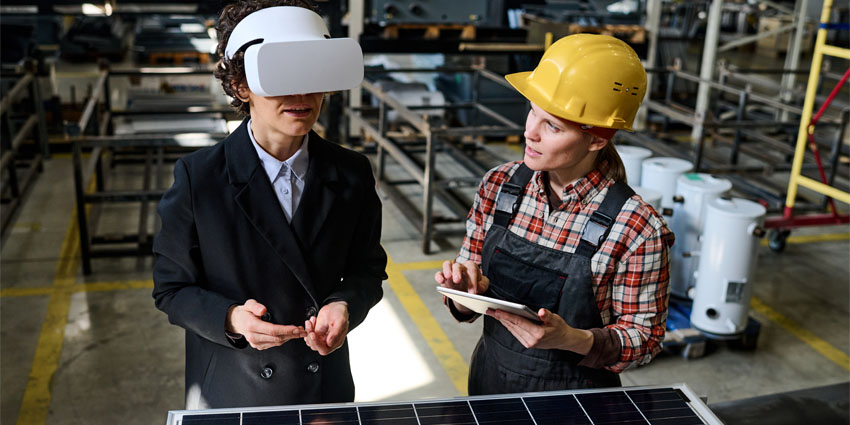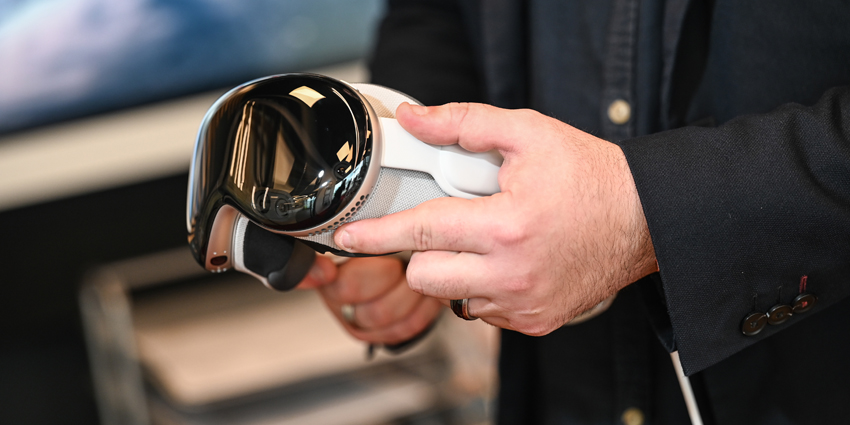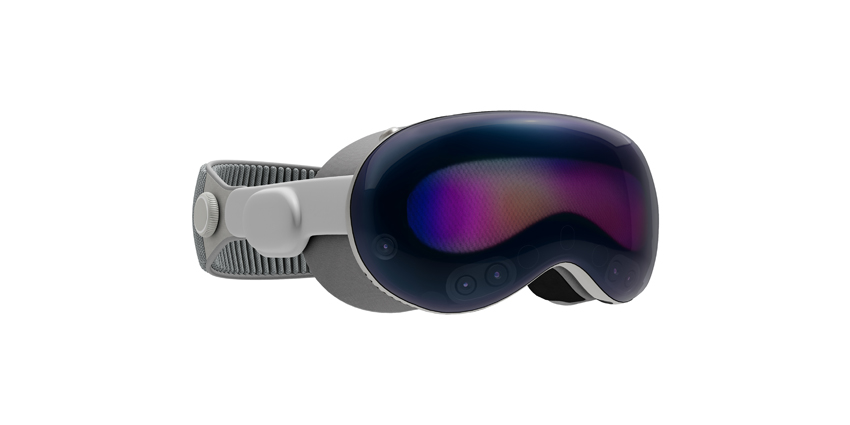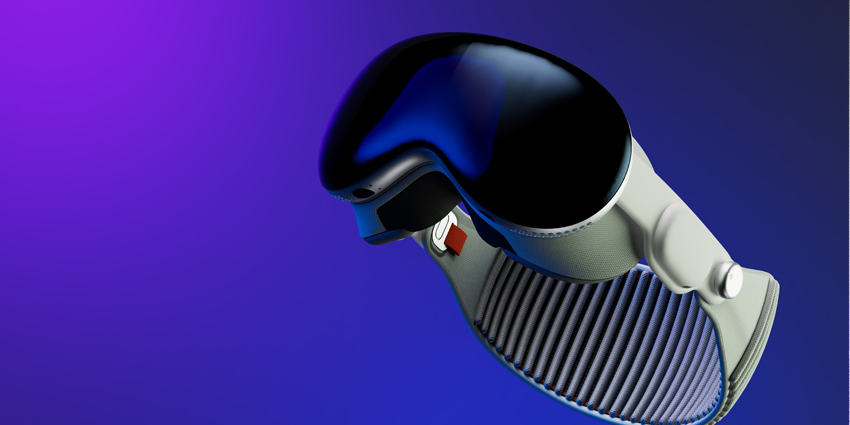Imagine a world where drivers could get real-time visual instructions transmitted to their windshield when navigating roads around the world. They could see virtual arrows pointing them in the correct direction, alerts letting them know about potential mechanical problems, and even receive notifications to help them drive more safely.
It might seem like a futuristic concept, but driving experiences like these may not be as far away as we think. Already, innovators across the automotive industry are already beginning to implement new “AR” tools into their latest car models and designs.
According to Fortune Business Insights, the global AR market in the automotive sector is also growing at a phenomenal space. Valued at $4.51 billion in 2021, this space could be worth as much as $14.44 billion by 2028. But why would motorists consider adding AR to their driving experience? What kind of benefits does this technology offer, and what are the challenges it might face?
The Rise of Augmented Reality in Automotive Navigation
Extended Reality has been making waves in the automotive industry for a while now. Virtual reality tools give companies a convenient way to bring designers and teams together when working on prototypes. Mixed and augmented reality can transform inspections, and simplify quality assurance processes. XR even allows consumers to test-drive cars without ever visiting a showroom.
The addition of AR to the navigation system in the motoring world is just one of the latest examples of how augmented reality could transform the way we drive in future. AR-enhanced navigation experiences are becoming increasingly popular as up-scale vehicle manufacturers look for new ways to lure wealthy customers to their doors with more impressive tech.
Cadillac announced in 2021 that the new Escalade would have an AR guidance system, and Genesis (Hyundai’s luxury brand) also has its own unique AR system. AR navigation isn’t just influencing the motoring world either. F-35 pilots are now receiving insights into their surroundings from their AR helmets and Google is even rolling out augmented-reality walking directions for maps.
What Are the Benefits of AR Navigation?
Adding AR to a navigation system might seem like a complicated process, but in most of the systems available today, it simply involves adding a camera to the front bumper, to provide a system with real-time information. The rest of the technology comes from built-in software connected to the dashboard. For instance, Drivers with BMW i4 vehicles can access augmented reality directions through their infotainment system, using the system’s front-view camera.
The technology provides interactive arrows on the touch-screen, which show drivers when they need to turn or switch lanes. These initial experiments with AR solutions in navigation offer clear benefits. Putting directions into a “real world” environment makes it easier for users to rapidly access the information they need to make intelligent driving decisions.
AR systems could help drivers to make quicker decisions on the road, which reduces their risk of accidents and similar issues. The solutions could also improve the overall driving experience, by delivering intelligent information to each driver in real-time, so they’re less likely to get lost on route to their destination. In some cases, AR could even make drivers safer by reducing the need for them to check their phones for instructions and guidance while driving.
The biggest problem with the current AR navigation systems on offer, is they’re not delivering the full potential of an AR environment. These newcoming devices typically run on screens in the dashboard, which means users still need to take their eyes off the road to access the information available.
What will the Future of AR Navigation Look Like?
While some drivers are already beginning to see the benefits of AR navigation in their existing vehicles, there’s a lot of work to be done before these solutions reach their full potential. Currently, we’re in the very early stages of the AR navigation landscape, which relies on continued use of the dashboard vehicle hub. However, in the future, these systems could be replaced entirely.
As companies continue to experiment with AR in the automotive landscape, they’re increasingly looking for ways to eliminate the screen altogether, and cast information onto the windscreen instead, giving users a kind of “heads up display” which allows them to keep their eyes on the road at all times. The future of AR navigation will be built in this environment.
An augmented reality system which delivers instructions on a windshield would provide users with a much more immersive experience, where information is actually overlaid on what they’re seeing in the world in front of them. This stops drivers from having to consistently take their eyes off the road, and increases the safety benefits associated with AR navigation overall.
Overcoming the Challenges of AR Navigation
True AR navigation which embeds content into the windshield view will have a lot more benefits to offer than the AR solutions we know today. However, companies have some challenges to overcome before we reach this stage. This new form of AR would require the use of new technology with projectors capable of delivering high-resolution images at a much wider field of view.
Additionally, companies will need to ensure the information transmitted from cameras to AR “brain” systems is delivered almost instantaneously. This will be crucial to ensuring drivers get the right information and direction at the most important moment.
Already, concept cars and patents produced by automotive manufacturers indicate we are actively moving in this direction. However, it could be a while before we see true AR systems in the average everyday car. If companies are successful at transitioning AR into the car windshield, we could benefit from safer, more intuitive driving experiences in the years to come.







